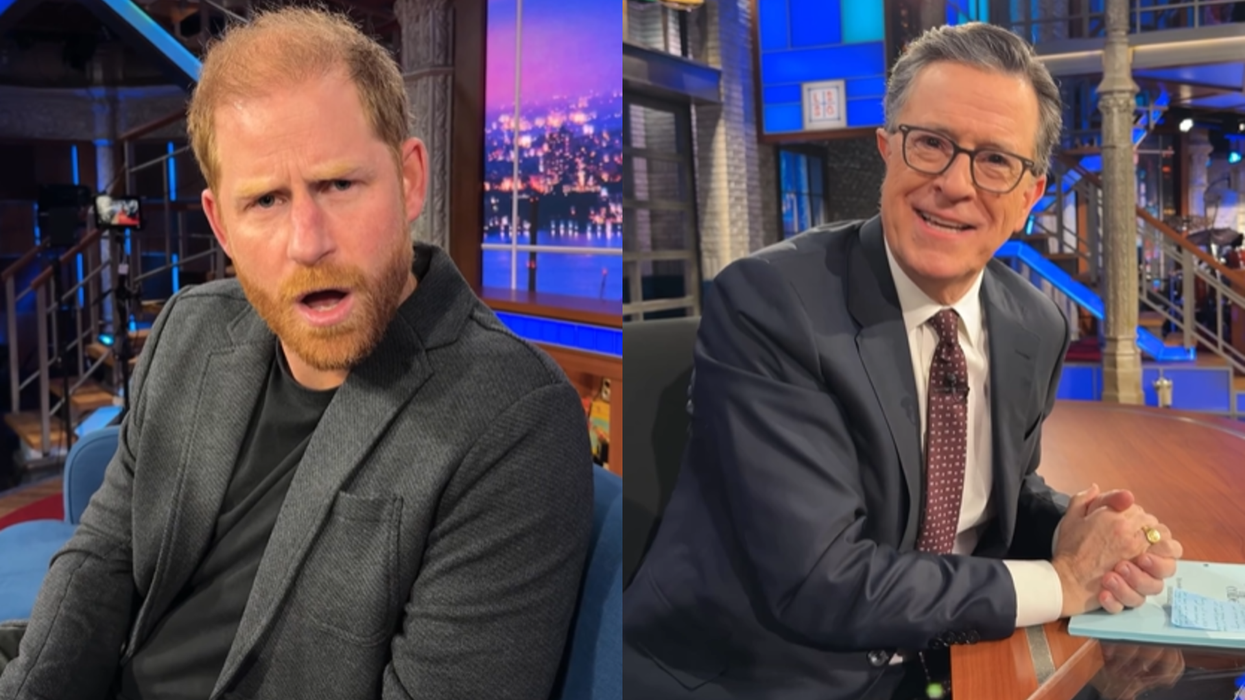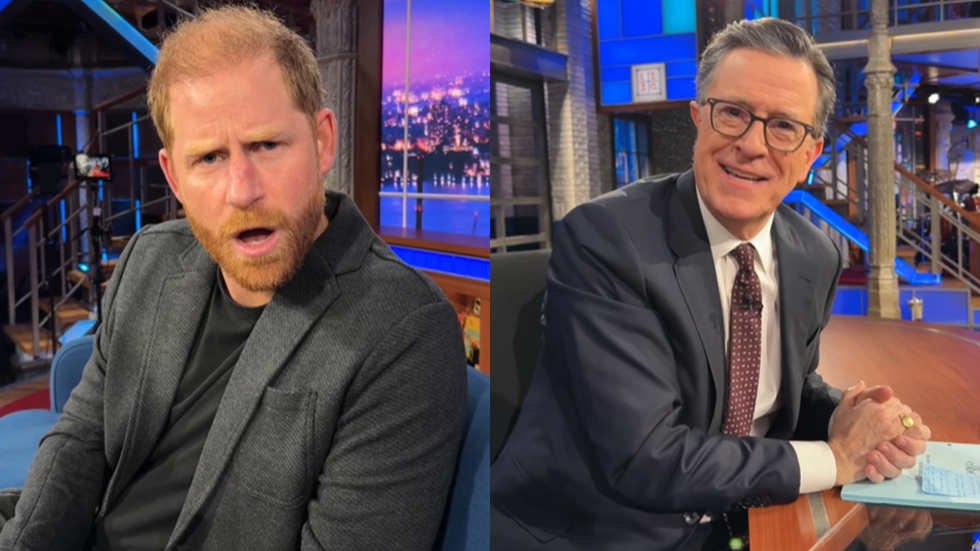A Bollywood movie about a family accepting their daughter as gay was hailed on Friday for pushing the boundaries of cinema in socially conservative India.
It comes after the country's Supreme Court scrapped a colonial-era ban on homosexuality in September, sparking wild celebrations amongst India's LGBT community.
Ek Ladki Ko Dekha Toh Aisa Laga (How I Felt When I Saw A Girl) is being lauded as the first mainstream Indian film to show parents dealing with their daughter being in a same-sex relationship.
"I can't believe what I saw," prominent LGBT activist Harish Iyer wrote on Twitter.
"While people were waiting to find the right time and day and age for making a film like this, @VVCFilms actually went ahead and made it," he added.
The Hindi-language drama, which was released nationwide on Friday, sees veteran actor Anil Kapoor star alongside his daughter Sonam Kapoor.
Kapoor, 62, plays the role of a father in a family that is eagerly trying to get his daughter Sweety -- played by Sonam Kapoor -- married.
She is in love with a woman though and the movie centres on her grappling with how to tell her family while fearing they won't accept the relationship.
"Looks like such a beautiful and heartfelt film... more power for pushing boundaries," filmmaker Karan Johar posted on Twitter.
"Such a difficult subject handled with so much dignity n restraint... wishing All the very best to its cast n crew!! Its an important film first of its kind..." tweeted director Farah Khan.
Mumbai-based Bollywood doesn't have a good track record when it comes to portraying homosexuality.
Many movies over the years have even mocked gay characters, sometimes making them the target of jokes.
But several films have dealt with the subject sensitively, such as Kapoor and Sons and Aligarh.
Fire was widely considered to be the first mainstream Hindi movie to feature a gay relationship.
- Cinemas attacked -
The film centred on two women in unhappy marriages who have a sexual relationship. When the movie was released in India in 1998 Hindu extremists attacked cinemas showing it.
Shelly Chopra Dhar, the director of Ek Ladki Ko Dekha Toh Aisa Lag, told said she hoped her movie would help fight prejudice.
"We do hope that this (film) breaks paradigms for many people and we realise that the dignity of all human beings is exactly the same and (that) love is love," she said.
The movie received a mixed response amongst critics, however. A Scroll.in review praised its "bold theme" but said it was "undercut by its timidity".
Shubhra Gupta, writing in the Indian Express newspaper, lauded "a progressive film" but questioned why it showed women being free "only after getting male approval and help".
Promoters kept the nature of the movie's romance under wraps for fear of putting off some audiences, but did release a few hints including the official hashtag #SetLoveFree.
The trailer released last month gave little away -- it could have been any Bollywood romance for the most part -- but did include a short clip of Sonam Kapoor's character holding hands with a woman.
On Friday, adverts taken out in newspapers hinted more at what was to come with the headline: "Today is the day of acceptance".
The actors themselves remained tight-lipped ahead of the film hitting screens, with Sonam Kapoor saying: "It's about family and acceptance, for who the person is, for their dreams, caste, religion or sexuality, is so important".





 Prince Harry shares a playful moment with Stephen Colbert on set Instagram Screengrab/colbertlateshow
Prince Harry shares a playful moment with Stephen Colbert on set Instagram Screengrab/colbertlateshow  Prince Harry, Duke of Sussex looks on during day six of the Invictus Games Düsseldorf 2023Getty Images
Prince Harry, Duke of Sussex looks on during day six of the Invictus Games Düsseldorf 2023Getty Images 






